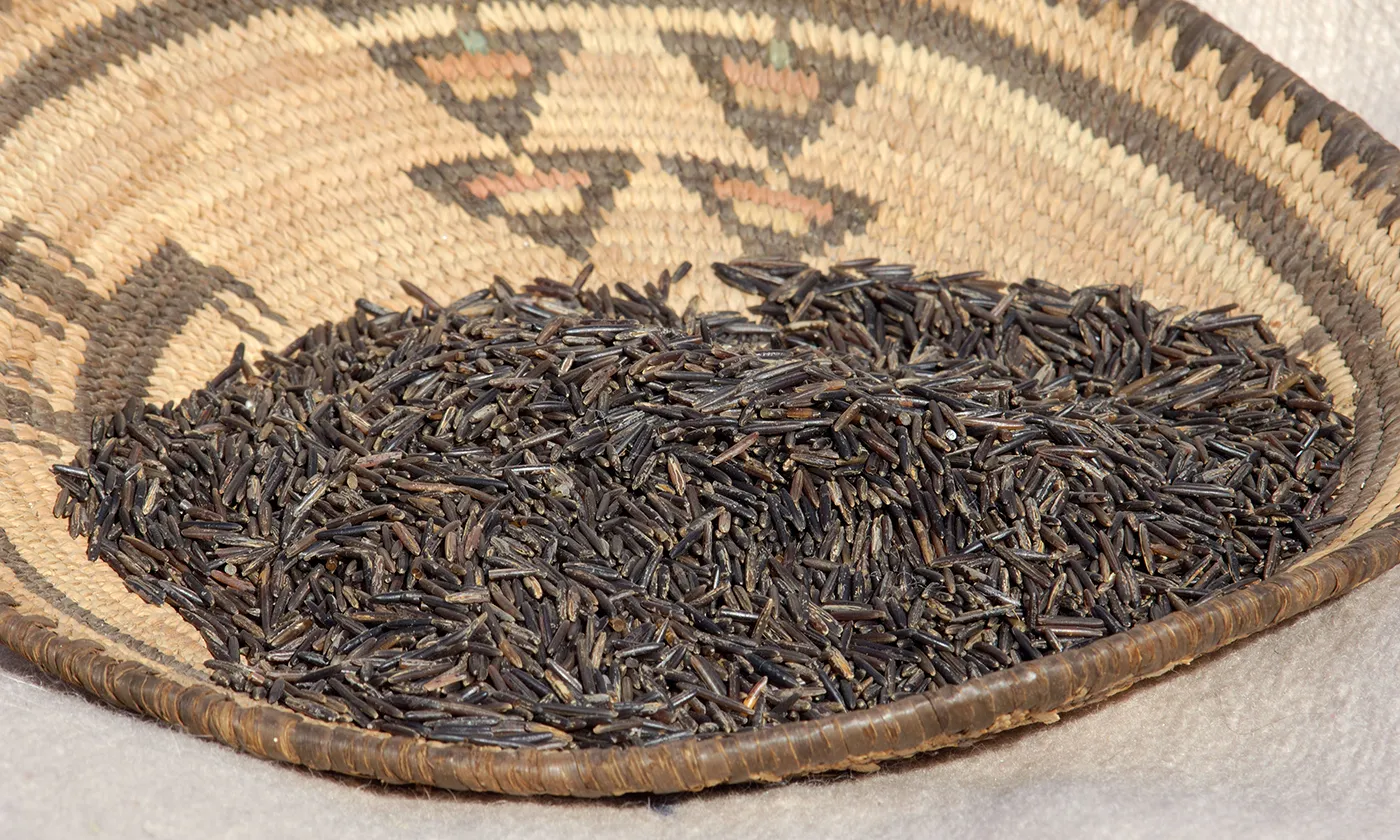Tribal Rights and The Newly-Shaped Supreme Court

Ketanji Brown Jackson’s confirmation to the highest court in the land yesterday is historic, necessary, and long-overdue for myriad reasons. But an upcoming case that could make its way to the docket in Justice Jackson’s tenure is exciting for a potential historical shift in how the highest court recognizes Indigenous peoples’ affirmation of treaty rights, land and resource protection, and reassertion of equal protection for their spiritual practices and tribal law.
Manoomin v. Minnesota is currently awaiting decision in Tribal Court and the Eighth Circuit Court of Appeals. [1] As part of efforts to stop the building and rebuilding of dangerous, polluting pipelines through Native lands (in this case, the Line 3 Pipeline), Indigenous advocates are leaning on “Rights of Nature” principles to support legal arguments in protection of a sacred crop: manoomin, or wild rice. [2] Essentially, Rights of Nature is an analysis of law through the lens of existing Indigenous concepts to better argue for enforcement of laws pertaining to Indigenous people and lands. This involves an understanding of nature not as individual or even collective property, but its own entity with legally enforceable rights of species and ecosystems. [3] And if nature has legal rights, it has legal standing, and people can defend it in court.
As put by attorney Frank Bibeau, “We belong to nature, nature doesn’t belong to us. And so, yeah they are a [legal] person in that sense, they’re our equal … We have a covenant and an obligation to protect wild rice … Protecting wild rice means you’re protecting the environment, because wild rice is an indicator species.” [2] The concept of Rights of Nature is not novel, it’s decades-old and has been adopted by six tribal governments and more than 30 municipalities in the U.S., as well as in Brazil and Canada. They’re also embedded in the constitution of Ecuador, national laws in Bolivia and Uganda, and court rulings in Ecuador, Colombia, India, and Bangladesh. [3] Not only that, but in the case of Manoomin v. Minnesota, the existing treaty between the U.S. and Anishinaabe people includes wild rice as under Ojibwe jurisdiction, along with gathering, hunting, and fishing and historic/sacred lands stewardship – all of which stand to be destroyed by the environmental pollution that could be caused by building the Line 3 Pipeline. [1-3]
A court that has previously acknowledged corporations as having the speech rights of people [4] should be able to legally affirm the rights of Indigenous people to protect their lands, practices, and existing treaty rights, through the conduit of the sacred crop wild rice. Well, not so fast. Treaty agreements have historically been snubbed at best in U.S. courts, and while 2020 secured Indigenous people a win affirming existing nineteenth century treaty land rights in McGirt v. Oklahoma, with Justice Neil Gorsuch penning the majority opinion, [5] the make-up of the court is still stacked against environmental interests and progress.
Justice Jackson signaled her respect for tribal sovereignty, treaty rights, tribal resource preservation, and the federal government’s trust responsibility through questions from Senator Alex Padilla (D-CA) during her confirmation hearing. [6] A variety of Native groups extended support for Justice Jackson’s confirmation, [7-9] and we’ll just have to wait and see if the case of wild rice makes its way to her desk when she’s sitting on the highest court. Regardless, there is a clear need for not only environmental protection, but for the reaffirmation of our democratic principles and dignity in the Supreme Court, and we welcome Justice Jackson’s opportunity to do just that.
Sources:
1 – https://www.centerforenvironmentalrights.org/rights-of-manoomin
2 – https://podcasts.apple.com/us/podcast/s1-ep1-manoomin-v-minnesota/id1606039896?i=1000551368770
3 – https://static1.squarespace.com/static/5e3f36df772e5208fa96513c/t/61b0fdd0e2205506125ddb76/1638989266595/Rights+of+Manoomin+Powerpoint+by+Center+for+Democratic+and+Environmental+Rights.pdf
4 – https://www.brennancenter.org/our-work/research-reports/citizens-united-explained
5 – https://www.scotusblog.com/case-files/cases/mcgirt-v-oklahoma/
6 – https://www.padilla.senate.gov/newsroom/press-releases/padilla-questions-judge-ketanji-brown-jackson-on-voting-rights-tribal-sovereignty-during-supreme-court-confirmation-hearing/
7 – https://www.ktoo.org/2022/04/04/alaska-native-tribes-support-ketanji-brown-jackson/
8 – https://www.peninsulaclarion.com/opinion/opinion-as-alaska-native-women-we-stand-in-support-of-ketanji-brown-jacksons-confirmation/
9 – https://nativenewsonline.net/currents/ncai-and-narf-statement-on-president-s-supreme-court-nominee-judge-ketanji-brown-jackson
